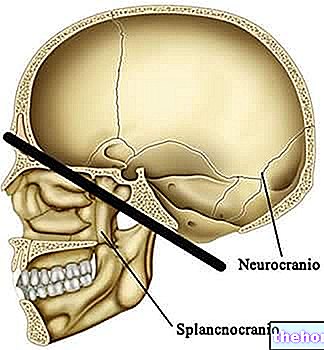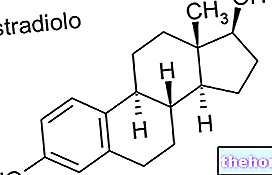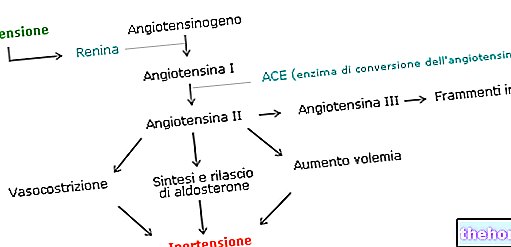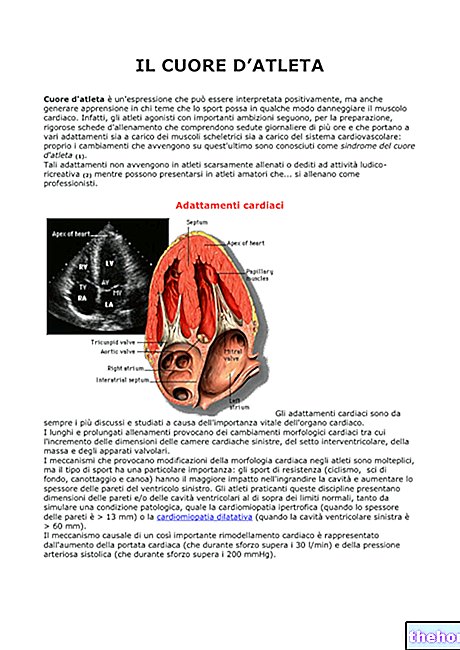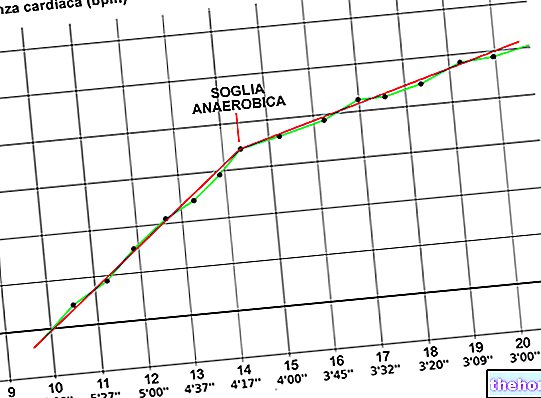The aorta is the main artery of the human body, both in size and in terms of elasticity: in the adult, it is approximately 30-40 cm long and has an average diameter of 2.5-3.5 cm.
The aorta originates from the heart, in particular from the left ventricle, which pushes the oxygen-rich blood from the left atrium (where the pulmonary veins open) into it. The task of the aorta is therefore to distribute the oxygen-rich blood to the arterial vessels of lower caliber; these, in turn, branch out repeatedly to vascularize the tissues of the whole organism. The aorta, however, is not a simple blood transport duct, but a real organ: thanks to the marked elasticity of its walls it is able to dilate during systole and relax during diastole, in order to ensure a constant flow of blood in the secondary arteries. The aortic endothelium also secretes numerous vasoactive peptides able to modulate the activity, not only of the various structures of the vessel wall, but also of the blood cells and the proteins of the coagulation system that come into contact with it.
If we compare the heart to the roots of a tree, the aorta represents the trunk with its branches. From the aorta, therefore, all the arteries of the general circulation derive.
Watch the video
- Watch the video on youtube
The aorta is divided into two large segments:
- THORACIC AORTA (suprradiaphragmatic portion), which in turn is divided into:
- ascending aorta
- aortic arch
- descending aorta
- ABDOMINAL AORTA, begins in the diaphragm, and reaches the IV lumbar vertebra it is divided into:
- left and right common iliac arteries
- middle sacral artery
Ascending aorta

About five centimeters long, the ascending aorta can be didactically divided into two sections:
- aortic root: consists of:
- aortic or semilunar valve: formed by three cusps (flaps of tissue), two posterior and one anterior, it opens during left ventricular systole allowing the outflow of blood pushed into the aorta by the contraction of the ventricle
- aortic sinuses of Valsalva: just above the origin of the aorta, there are three swellings, located behind the valve cusps, which accommodate the excursions of the valve flaps. Taken together, these dilations form a bulge called the bulb
- Anterior and posterior coronary ostium, from which two collateral branches originate respectively - the right and left coronary artery - carrying oxygen-rich blood to the myocardium
- tubular tract: it extends up to the aortic arch. At the level of the junction with the aortic arch it is possible to recognize a more or less wide dilation on the right side, defined large aortic sinus, whose diameter increases with age and can become the site of aneurysms
Aortic Arch
The aortic arch follows the ascending aorta. It runs to the left in front of the trachea and posteriorly also takes relationships with the esophagus. It begins at the height of the upper margin of the second right sternocostal joint; from here it assumes a direct path posteriorly to the left, reaching the edge of the body of the 4th thoracic vertebra, where it ends and continues in the descending aorta.
From the aortic arch originate, from right to left:
- the brachycephalic arterial trunk (or anonymous artery) → dividing into the right common carotid artery and the right subclavian artery, it carries blood to the right arm, neck and head
- the left common carotid artery → carries blood to the neck and head
- the left subclavian artery → carries blood to the left arm
Sometimes, at the point where the aortic arch continues into the thoracic segment (corresponding to the sternal end of the second left costal cartilage), one can sometimes notice an annular narrowing which is given the name of aortic isthmus. This narrowing is immediately followed by a dilation, the so-called aortic spindle.

The descending aorta follows the aortic arch. It descends into the thorax through the posterior mediastinum, in front of and laterally to the vertebral column: it starts from the lower edge of the IV thoracic vertebra and ends in front of the lower edge of the XII thoracic vertebra, at the diaphragmatic orifice.
From the thoracic aorta originate parietal branches that supply the thoracic wall and the diaphragm, and visceral branches that vascularize the organs contained in the thorax.
- Parietal branches: posterior intercostal arteries and superior phrenic arteries
- Visceral branches: bronchial arteries (supplying tissues in the lung), pericardial arteries (supplying the pericardium), mediastinal arteries (the mediastinum) and esophageal arteries (supplying the esophagus)
Abdominal aorta
The abdominal aorta follows the thoracic aorta, begins in the diaphragm and runs parallel to and to the left of the inferior vena cava. It ends at the level of the body of the 4th lumbar vertebra, where it bifurcates giving rise to the two common right and left iliac arteries.

- Celiac tripod → supplies the liver, stomach, esophagus, gallbladder, duodenum, pancreas and spleen
- Mesenteric arteries (upper and lower) → as a whole they vascularize the small intestine, the large intestine and the pancreas; the upper mesenteric irrigates the pancreas, small intestine and the initial sections of the large intestine, while the lower mesenteric supplies the terminal portion of the colon and rectum
- Renal arteries → vascularize the kidneys
In addition, the abdominal aorta gives rise to the inferior phrenic arteries (diaphragm and lower portion of the esophagus), the adrenal arteries (the adrenal glands), the renal arteries (the kidneys), the genital arteries (testicular arteries in humans and the ovarian arteries). in women) and lumbar arteries (they supply the spinal cord and abdominal wall).
The abdominal aorta continues inferiorly in the right and left common iliac artery - which divide into internal and external iliac arteries supplying the pelvis and lower limbs - and ends with the middle sacral artery located on the anterior aspect of the sacrum.
Summary table
Outline of histology
Like all blood vessels, the aortic wall is also made up of three overlapping tunics, which from the inside outwards take the name of:
- Intimate tunic: formed by an endothelium that rests on a thin connective layer called the basal lamina
- medium tunic: mainly formed by an elastic connective component
- adventitious tunic: made up of connective tissue, it collects the vasa vasorum, that is the nutritional vessels for the arterial wall itself
Pathologies of the aorta
- AORTIC ANEURISM: excessive and permanent dilation of the aortic lumen: mainly affects smokers, diabetics, people with high blood pressure (hypertensive) and those with high blood cholesterol values (dyslipidemics) and atherosclerosis; also some systemic diseases (Marfan syndrome) and some infections (syphilis) favor their onset
- AORTIC DISSECTION: the blood penetrates the medial tunic of the aortic wall dividing it longitudinally and forming a false lumen; it appears more easily in correspondence with an underlying aortic aneurysm. Among the causes that favor the rupture of the vessels at the level of the media of the aorta, we remember: syndromes such as that of Marfan and Ehlers-Danlos, Noonan, Turner, cardiovascular congenital anomalies, inflammation, pregnancy, trauma, atherosclerotic ulceration, abuse of cocaine , and iatrogenic causes for surgery or catheterization
- INTRAMURAL HEMATOMA: similar to aortic dissection, it is characterized by the absence of flow in the false lumen of the aorta.

